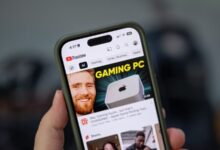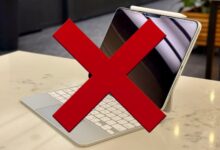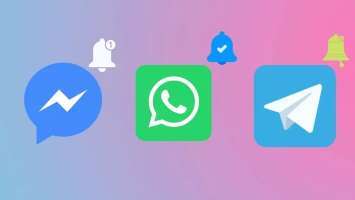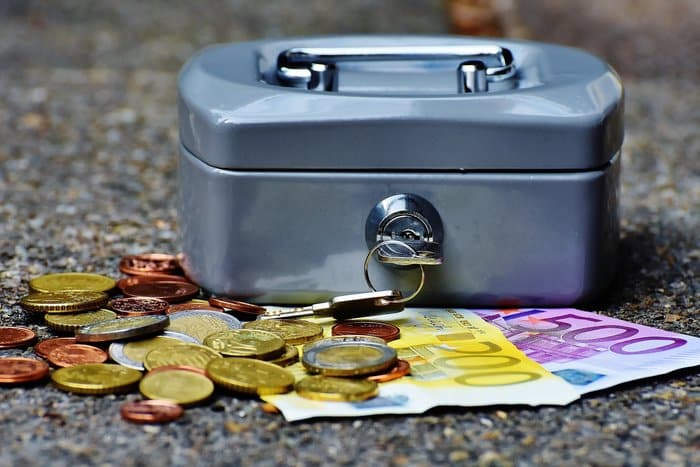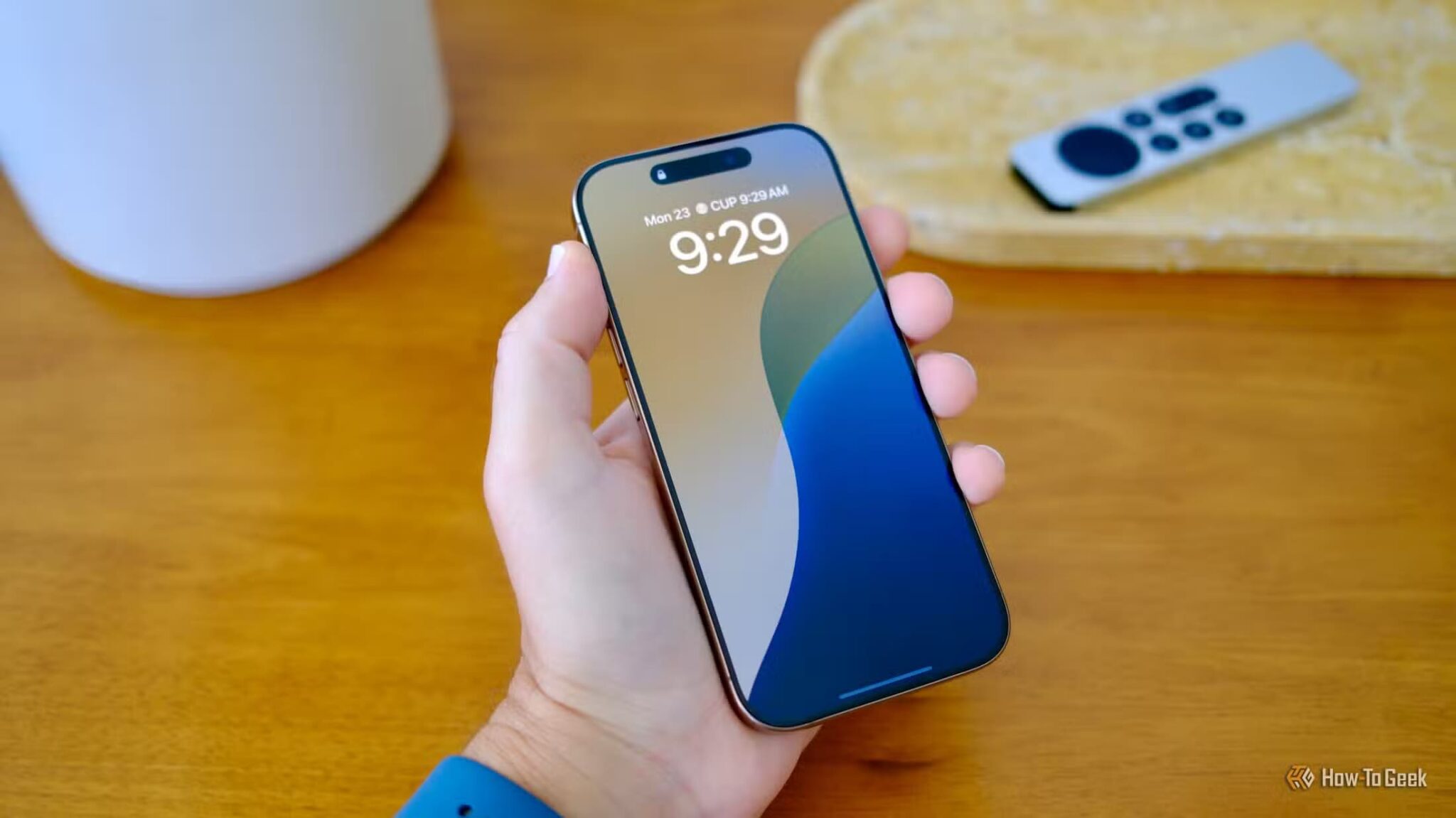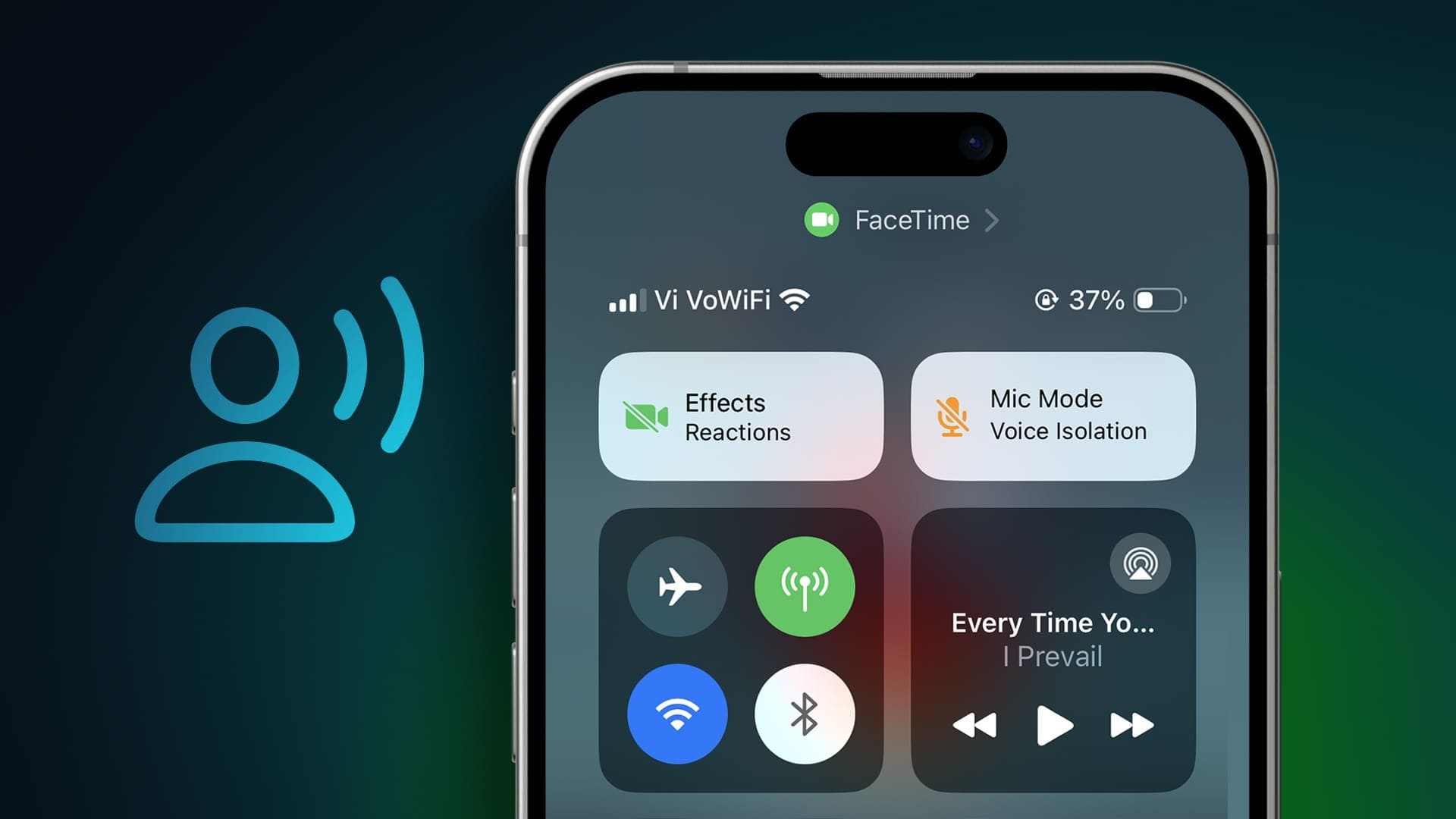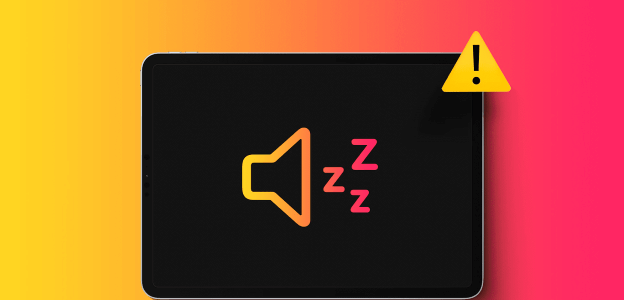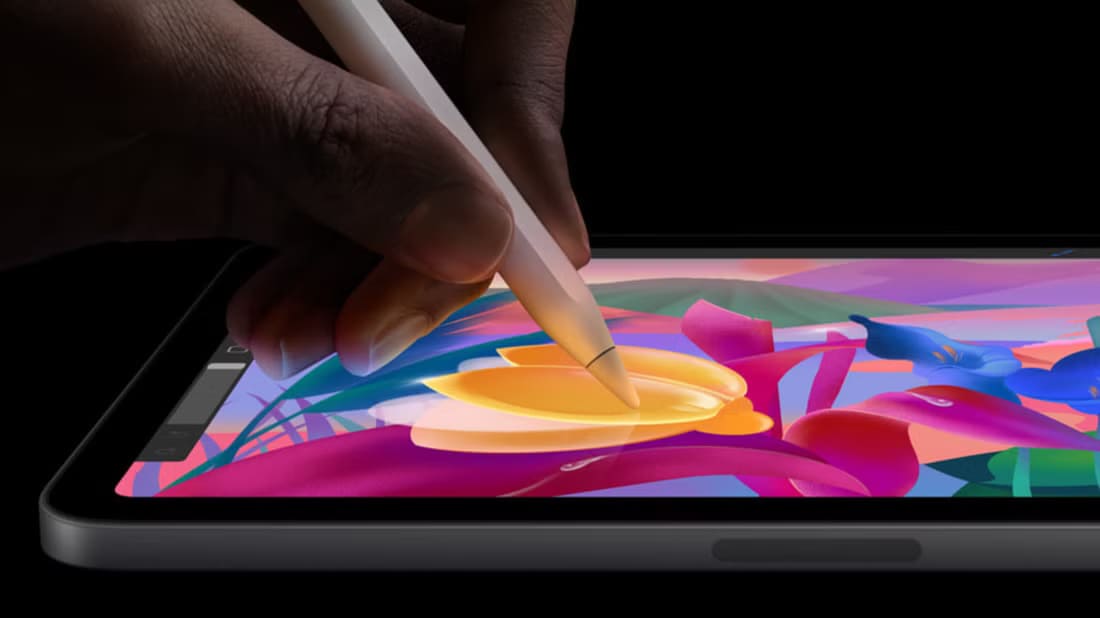For the longest time, tech enthusiasts have criticized Apple for its commitment to its proprietary Lightning connector. With most modern electronics moving to USB-C for charging, the iPhone stuck out like a sore thumb—until the European Union stepped in. Thanks to new regulations, Apple had to make the switch this year to USB-C on the iPhone 15. While this is excellent news for us tech geeks, it's time to look at the bigger picture and ask ourselves—is USB-C really better than Lightning on the iPhone 15?
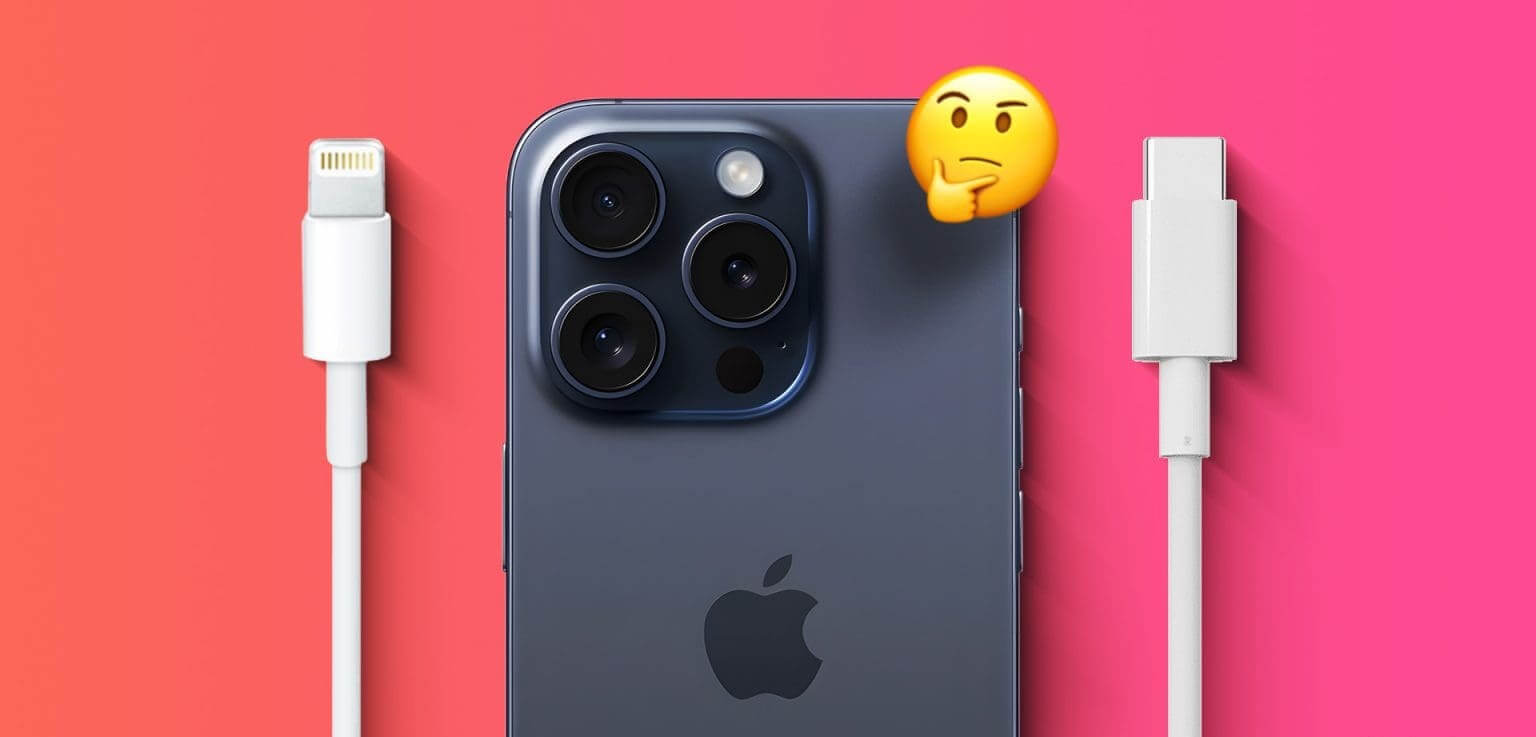
I decided to put it to the test. Charging, data transfer, durability, and accessory support—I put Lightning and USB-C ports through their paces across categories. Does the USB-C port charge your iPhone faster? Does it save you time when transferring a large video file to your computer? Does Lightning last longer? Let's try to answer all these questions.
Shipping: Is it faster?
We all expected Apple to increase charging speeds by switching to a USB-C port. Unfortunately, the brand decided to stick with 20W USB Power Delivery on the iPhone 15 series. A slight bump, perhaps up to 35W, could have significantly accelerated charging. Anyway, back to charging speeds. I decided to monitor the iPhone 15's charging performance to compare it to the iPhone 13.
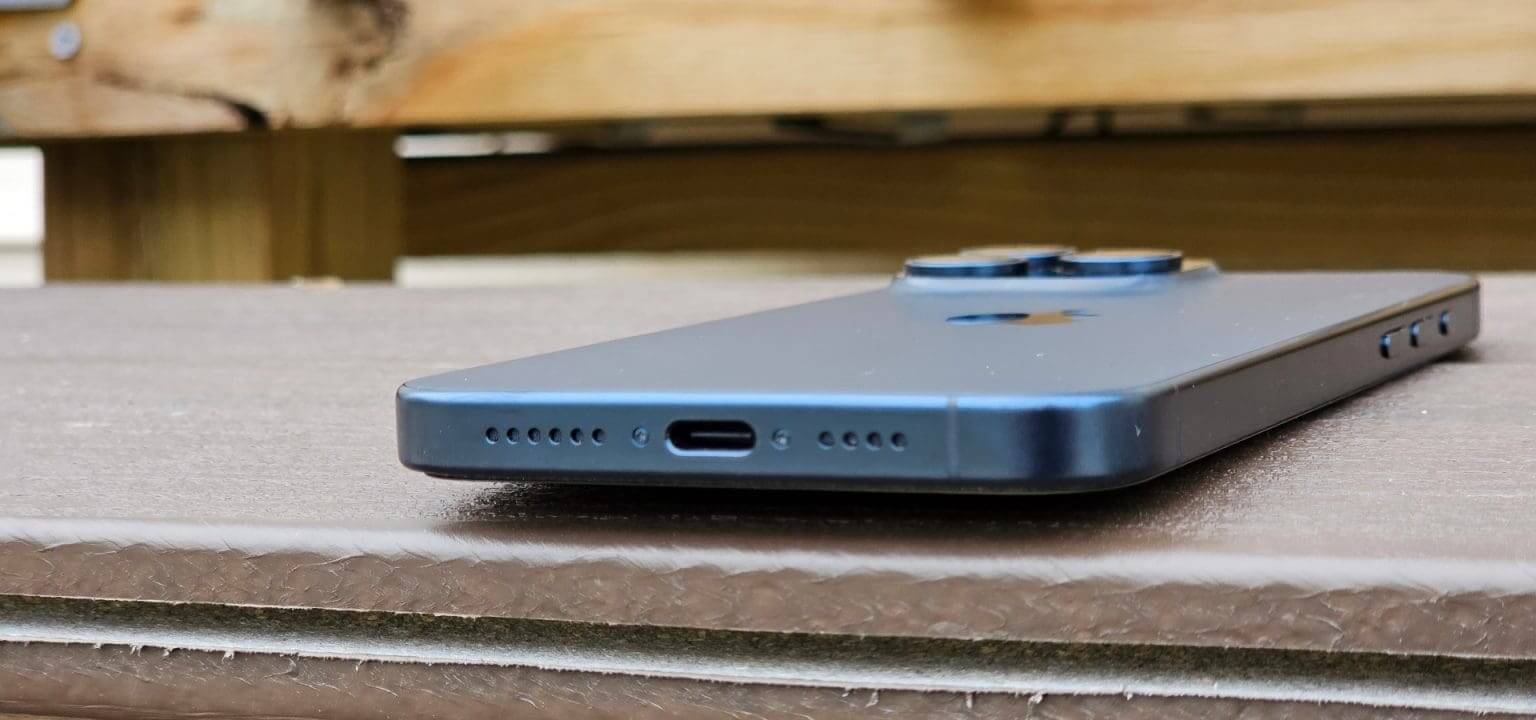
Despite Apple's claim of a maximum charging speed of 20W, I noticed that my iPhone 15 Pro Max was charging at 27W in the first few minutes. Don't be too surprised, as this isn't due to the USB-C port. Older Pro models like the iPhone 14 Pro can also achieve 27W of input power in the first few minutes of connection. However, the iPhone 13 mini with a Lightning connector can only reach a maximum of 17W using the same charger.
Time vs. Battery Percentage
- Left: iPhone 13 mini | Right: iPhone 15 Pro Max
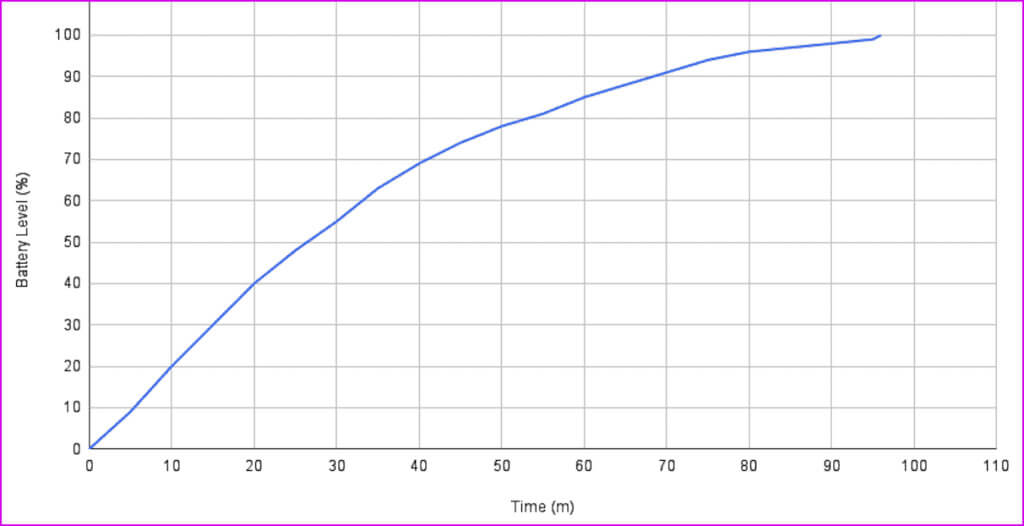
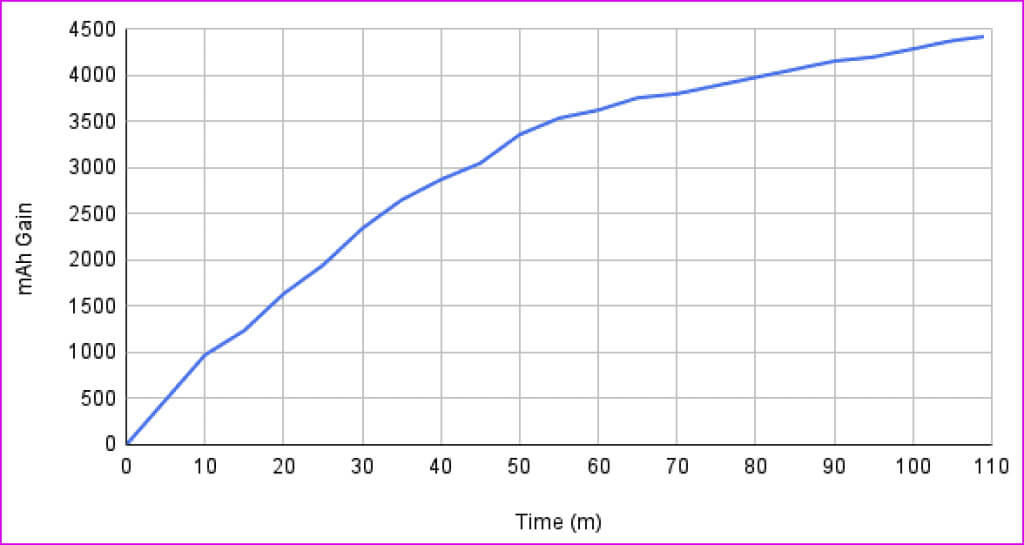
The time versus battery percentage graph above shows how long it takes the iPhone 15 Pro Max and iPhone 13 mini to charge from 0 to 100 percent. While the iPhone 13 mini technically achieves a full charge faster than the 15 Pro Max, its battery capacity is roughly half that of the iPhone 15 Pro Max. So, to put things in perspective, I decided to plot the time versus battery capacity graph when charging both phones.
Time vs. Battery Capacity (mAh)
- Left: iPhone 13 mini | Right: iPhone 15 Pro Max
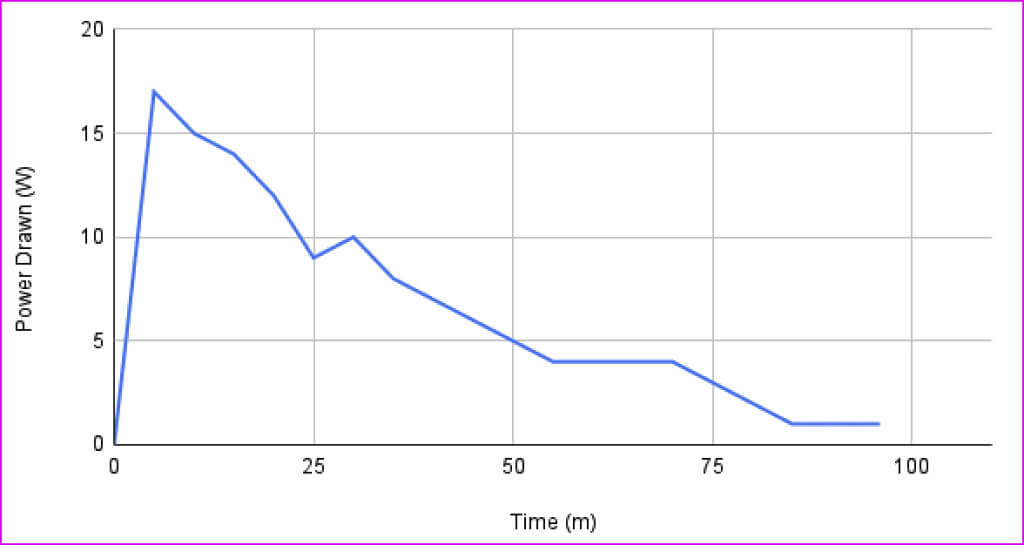
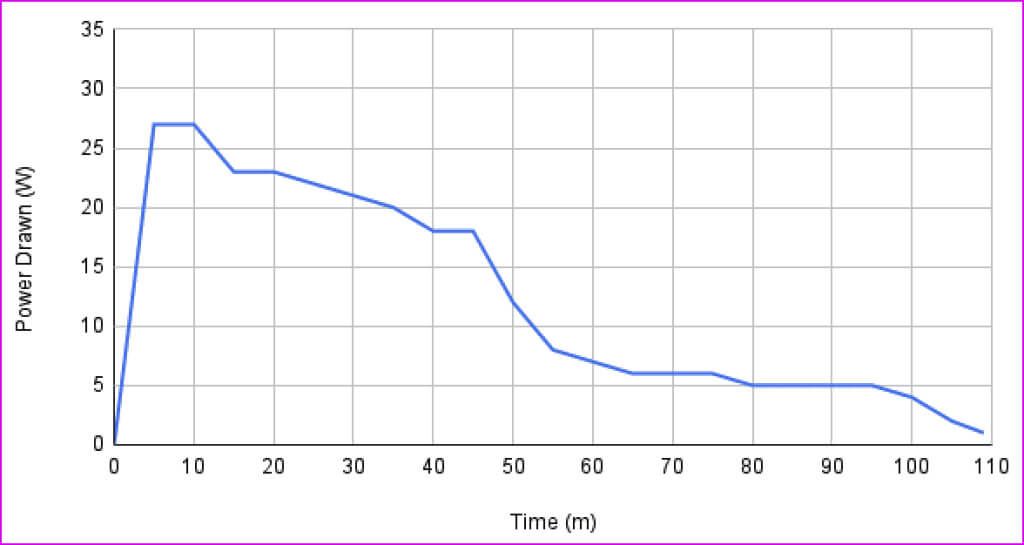
This is where you realize that the iPhone 15 Pro Max charges much faster than the iPhone 13 Mini. According to the charts, the iPhone 15 Pro Max charged nearly 2500 mAh in just about 30 minutes. This is more than the iPhone 13 Mini's full battery capacity, which took 96 minutes to fully charge.
It's worth noting that the iPhone 15 Pro Max took an additional 80 minutes to charge the remaining 2000 mAh, which is quite a long time. If you're wondering why, the following chart comparing power consumption should give you a better idea.
Time vs. Input Power (W)
- on the left: iPhone 13 mini | on the right: iPhone 15 Pro Max


It's important to monitor the power draw from the phone throughout the charging process. The iPhone 15 Pro Max starts at 27W but can only maintain its maximum speed for 10 minutes. The power then gradually decreases until the phone reaches 60 percent charge.
After that, there's a sharp drop to 80 percent, after which the phone starts charging. This is why the iPhone 15 Pro Max charges quickly to 50 percent but takes more than twice as long to charge the rest of the battery.
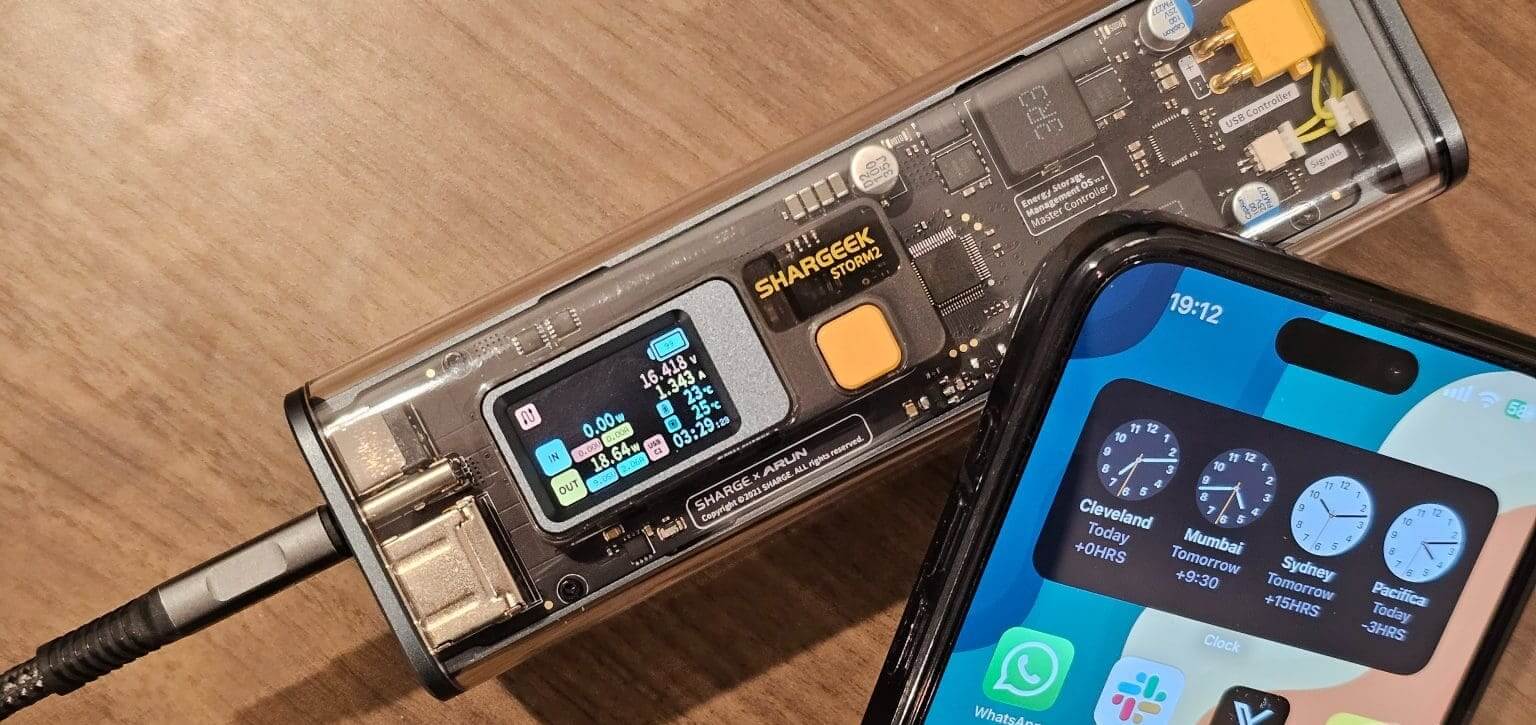
On the other hand, the iPhone 13 mini starts up much slower at 17 watts and continues to reduce power consumption from the start. It's also capable of charging the battery up to 50 percent in 30 minutes, although this can be attributed to the smaller battery pack rather than the charging speeds.
On the other hand, the iPhone 15 Pro Max boasts fast and sustained charging speeds – especially in the first few minutes of charging or until the battery reaches 50 percent.
But again, the same pattern was observed when charging the iPhone 14 Pro with a Lightning port as well. Therefore, there's no real advantage the USB-C port offers in terms of charging speeds over the iPhone 15 series.
Data transfer speeds
The older Lightning port is capped at USB 2.0 transfer speeds. On the iPhone 15 and 15 Plus, the USB-C port is also, unfortunately, capped at the same slow speeds. However, the iPhone 15 Pro and 15 Pro Max support USB 3.0 speeds when using a compatible cable.
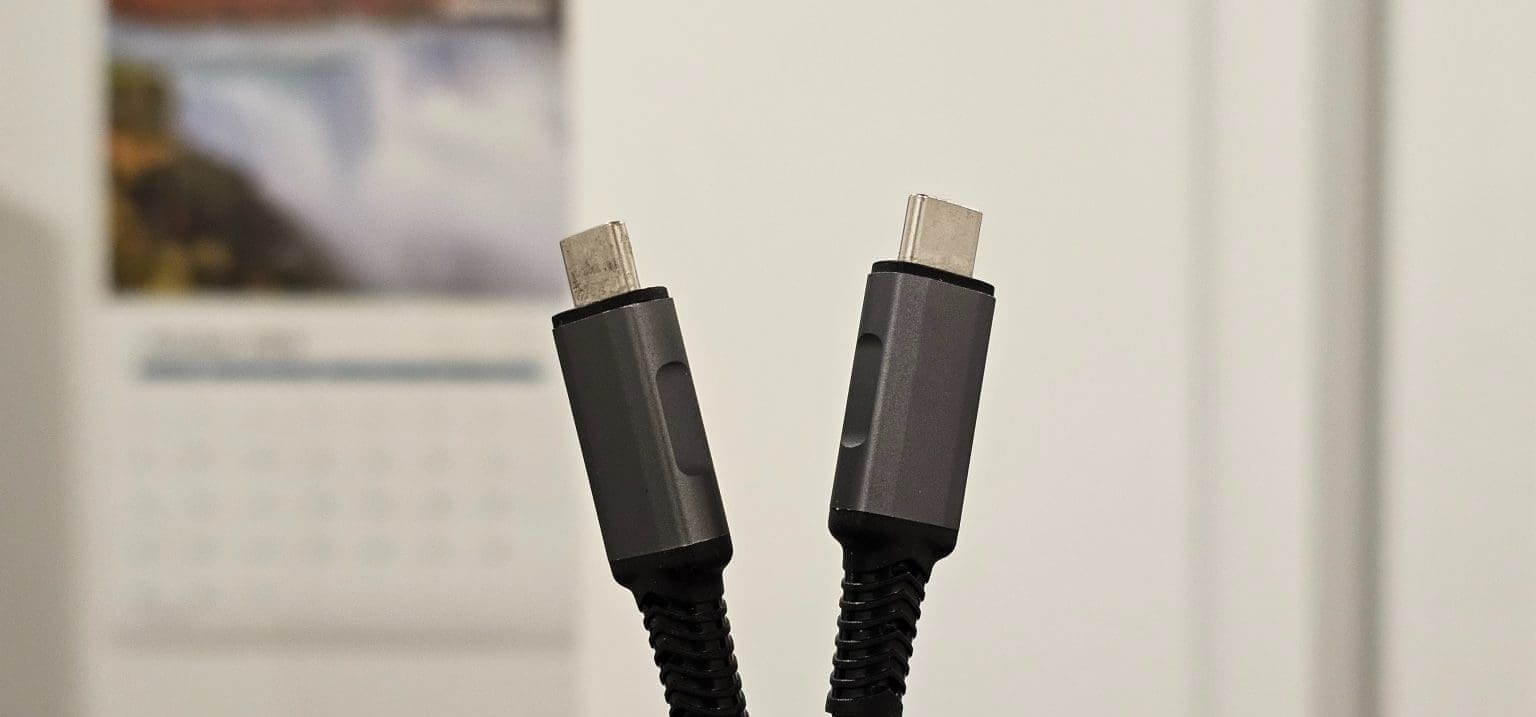
It's worth noting that the new braided USB-C cable that comes in the box doesn't support USB 3.0 speeds. Now, that's unfortunate, considering it's an excellent cable in terms of durability and charging. However, most phones—even Android ones—come with a USB 2.0 cable in the box.
In any case, the goal was to determine how fast the new USB 3.0 protocol is when transferring data from an iPhone to a computer. For this test, I used a 15-minute video in 4K resolution at 30 fps, shot on an iPhone 15 Pro Max. The file size was 9.32 GB, and I timed the time it took to transfer the file to a 14-inch MacBook Pro.
I repeated the test twice on the iPhone 15 Pro Max – once using the cable included in the box and then using the Thunderbolt 3 cable. The results were as follows:
Transfer speed test
| Screenwriting | Time |
| iPhone 13 mini (Lightning) | 3m 26s |
| iPhone 15 Pro Max (USB-C with USB 2.0 cable) | 3m 12s |
| iPhone 15 Pro Max (USB-C with Thunderbolt 3 cable) | 16s |
| Samsung Galaxy S23 Ultra (USB-C with Thunderbolt 3 cable) | 26s |
Well, that should give you an idea of how fast USB 3.0 file transfers can be. Needless to say, USB 3.0 speeds are an absolute boon for content creators and videographers. I even threw the Galaxy S23 Ultra into the mix to compare data speeds on leading Android phones. The iPhone, as you can see, is still faster.
External accessories and peripherals
High transfer speeds are beneficial not only To transfer files from your iPhone to a computer, but even vice versa. With a USB-C port, you have the flexibility to connect any USB-C accessory or device like an external SSD (see the best external SSDs for the iPhone 15 Pro series). As such, you can copy a large file from your SSD to your iPhone's internal storage in the blink of an eye.
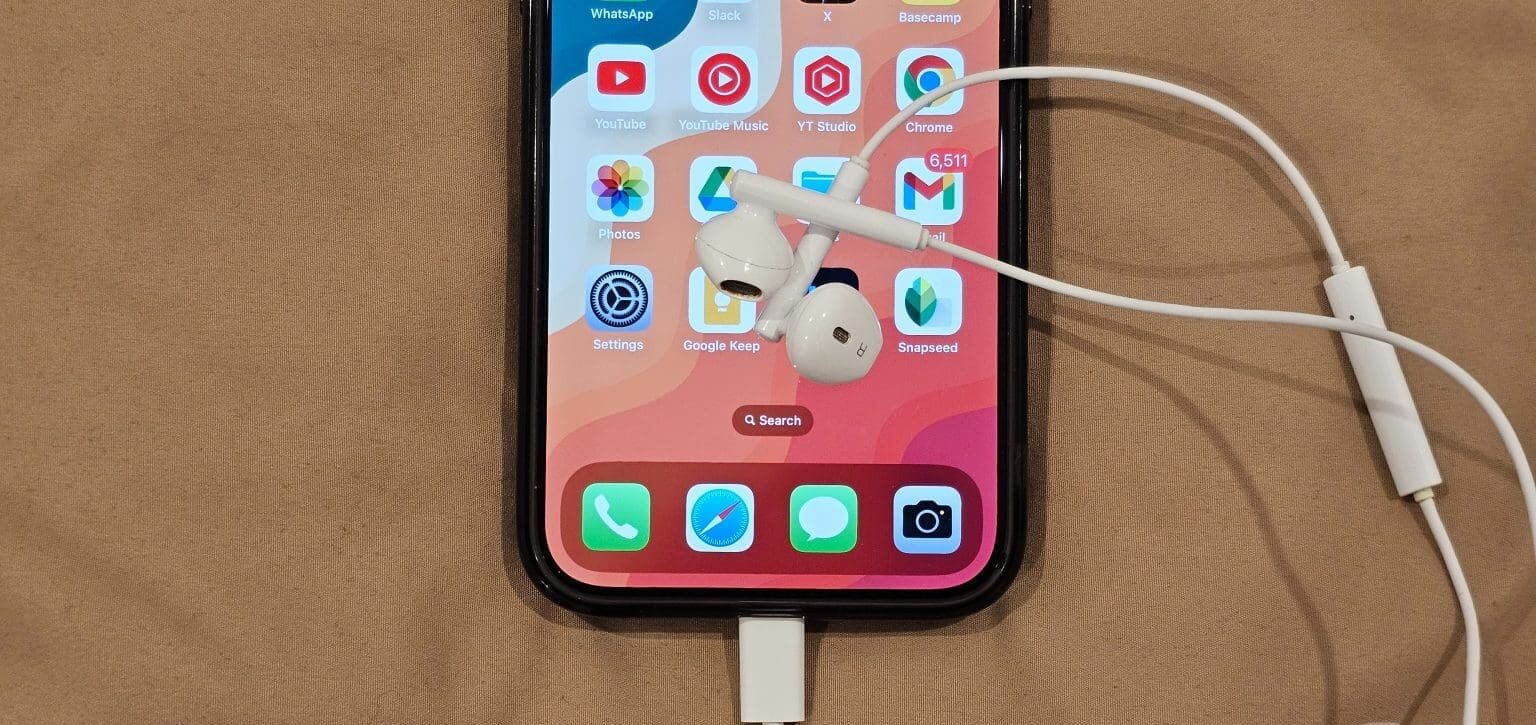
In fact, Apple encourages users to connect an SSD to record videos directly to it. For example, you can record 4K ProRes LOG videos at 60 fps on the iPhone 15 Pro only when an external SSD is connected. If you don't have an SSD, you can also connect a simple USB-C flash drive. Even if you have USB-A accessories, all you need is a simple USB-C OTG adapter to connect them to your iPhone.
Adapters and dongles
Aside from storage devices, the new iPhones can also be connected to USB-C docks and adapters, which opens the door to a host of connectivity options. You can connect an RJ45 Ethernet cable, an SD card reader, or even an external display. Speaking of external displays, you can now connect any USB-C display to the iPhone 15 and get display output. Previously, you had to go through a lot of hurdles to achieve this.
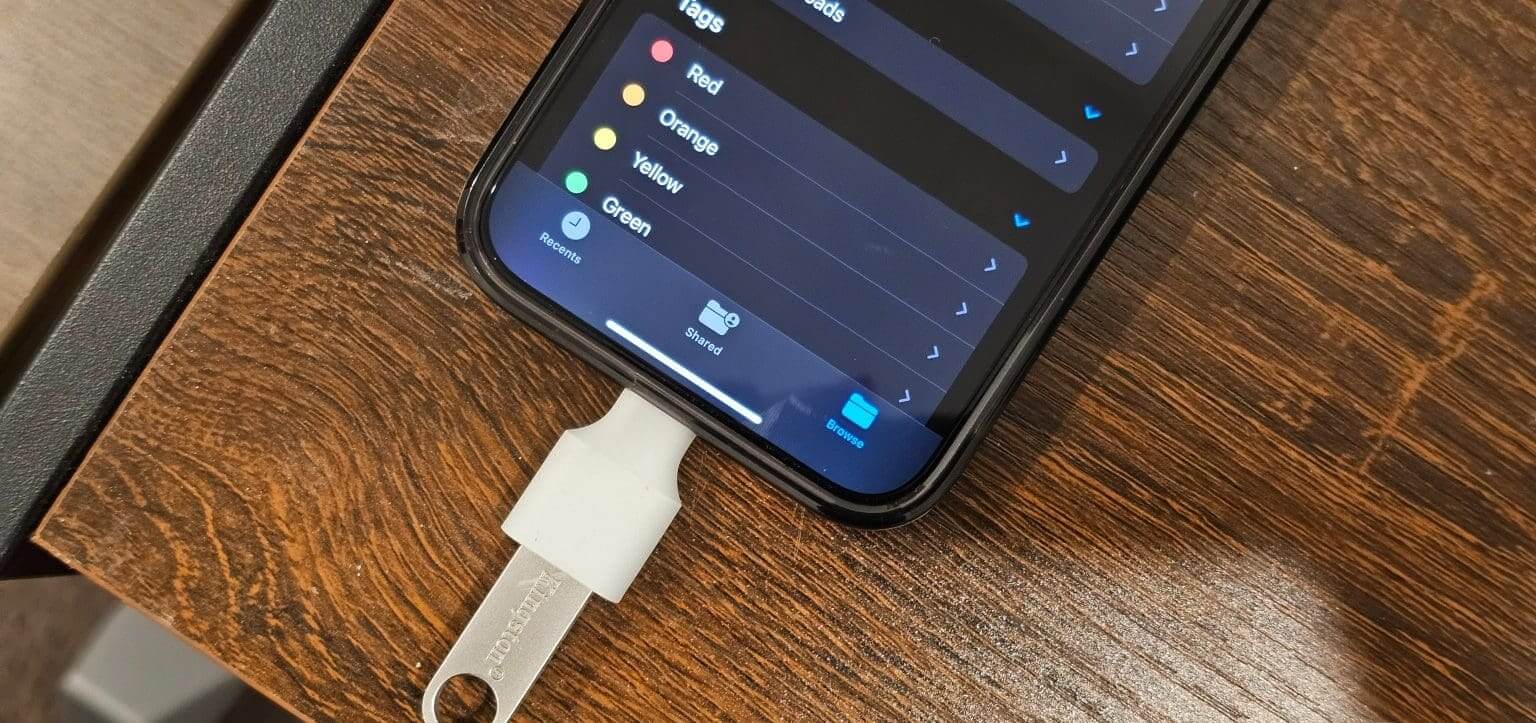
I even tried connecting a pair of USB-C earbuds to my iPhone, and they worked flawlessly. Next, I connected a wireless microphone whose receiver has a USB-C port. That also worked without any issues. Finally, you can now output power from the iPhone 15's charging port. What this means is that you can charge another phone, headphones, or even an Apple Watch by connecting their charging cables to the iPhone's USB-C port. Neat, but I'm still waiting for reverse wireless charging.
1
Personally, I prefer Apple's Lightning connector as a physical port over USB-C. The main reason is that it has a simple groove where the cable goes and connects to the pins inside. It's easier to clean and less prone to damage.
USB-C, on the other hand, has a thin chip in the center of the port. When you plug in the charger, the groove in the cable moves into the chip in the USB-C port. While it's still durable and can take a beating, it's relatively easier to break upon impact. If you try to plug your cable in too forcefully, you could end up damaging the port. Since Lightning doesn't have such a chip, you can't really damage any side of the port.
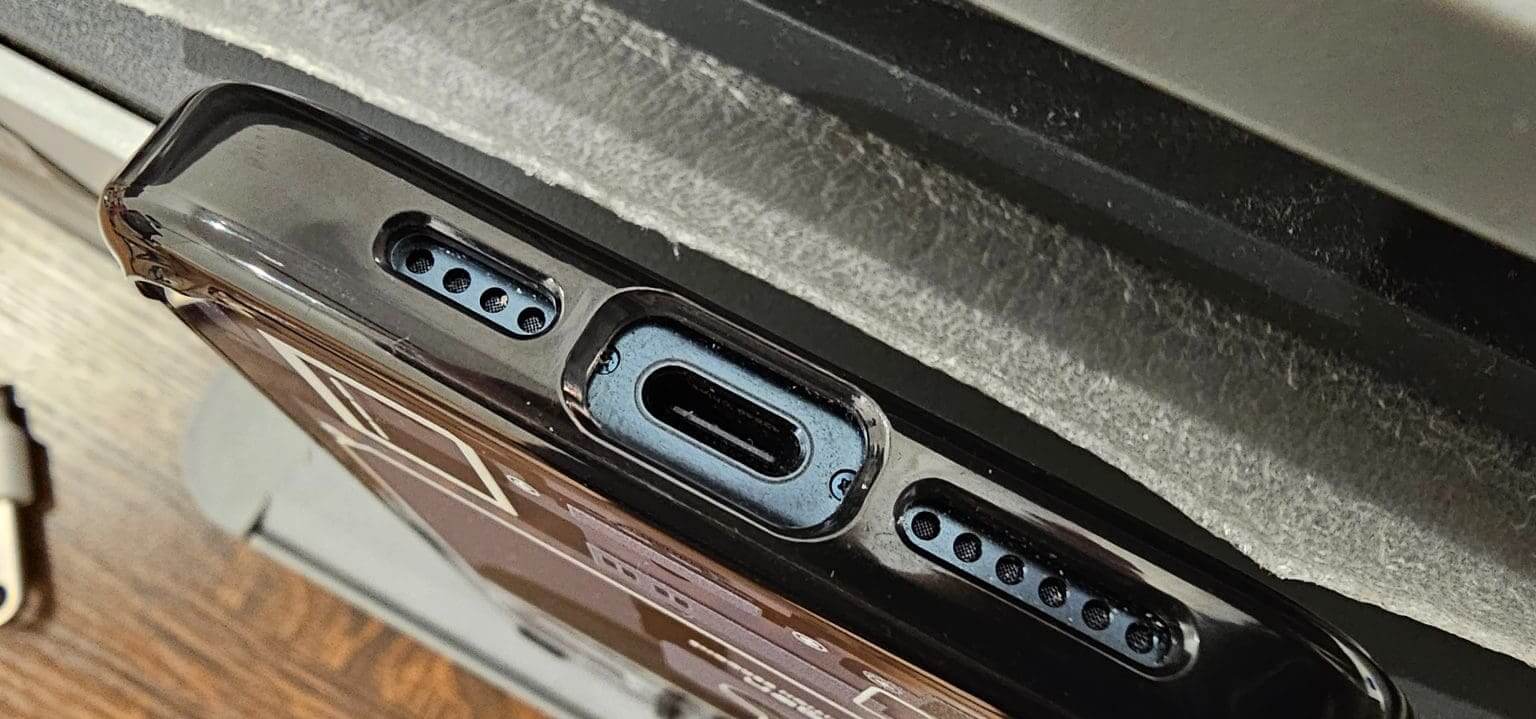
Some users have noticed Also, USB-C ports lose friction over time and become loose. This problem causes cables to slip out of place when plugged in. Lightning doesn't have these problems because it relies on interlocking pins for a secure connection rather than friction. Therefore, it can be said that The Lightning port is more durable than the USB-C port..
But none of this is scientific. For the average user who will likely use the phone for 4-5 years, both ports should last a long time without any problems. Furthermore, durability is only one side of the equation—as we mentioned earlier, USB-C brings a lot to the table.
One cable for everything?
For us tech enthusiasts, having a USB-C port on every device is a dream come true. But what about the majority of the population who don't upgrade their technology every few months? While chatting with my colleague Namrata, she mentioned that she had to carry three cables after upgrading to the iPhone 15 Pro: a USB-C cable for her iPhone, a Lightning cable for her AirPods Pro, which she bought before Apple announced the USB-C version, and a magnetic charging disc for her Apple Watch.
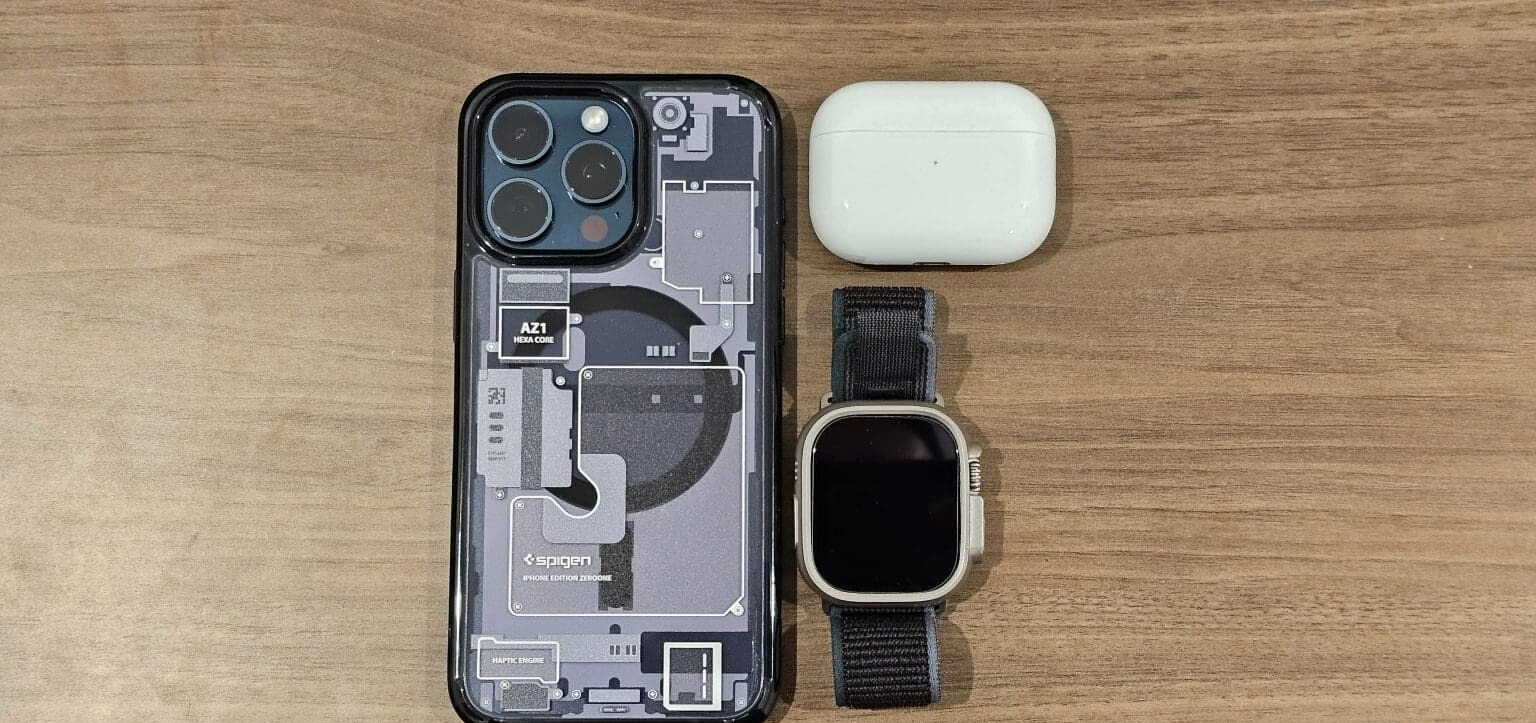
This situation is worth considering because a significant portion of iPhone users also use other products in the ecosystem, such as AirPods. If someone recently picked up a new pair or has a fully functional pair of earbuds, it makes no sense for them to purchase new AirPods with a USB-C port. Therefore, they will now have to carry an additional cable just to charge their AirPods. Ironically, USB-C is intended to eliminate this "extra" cable.
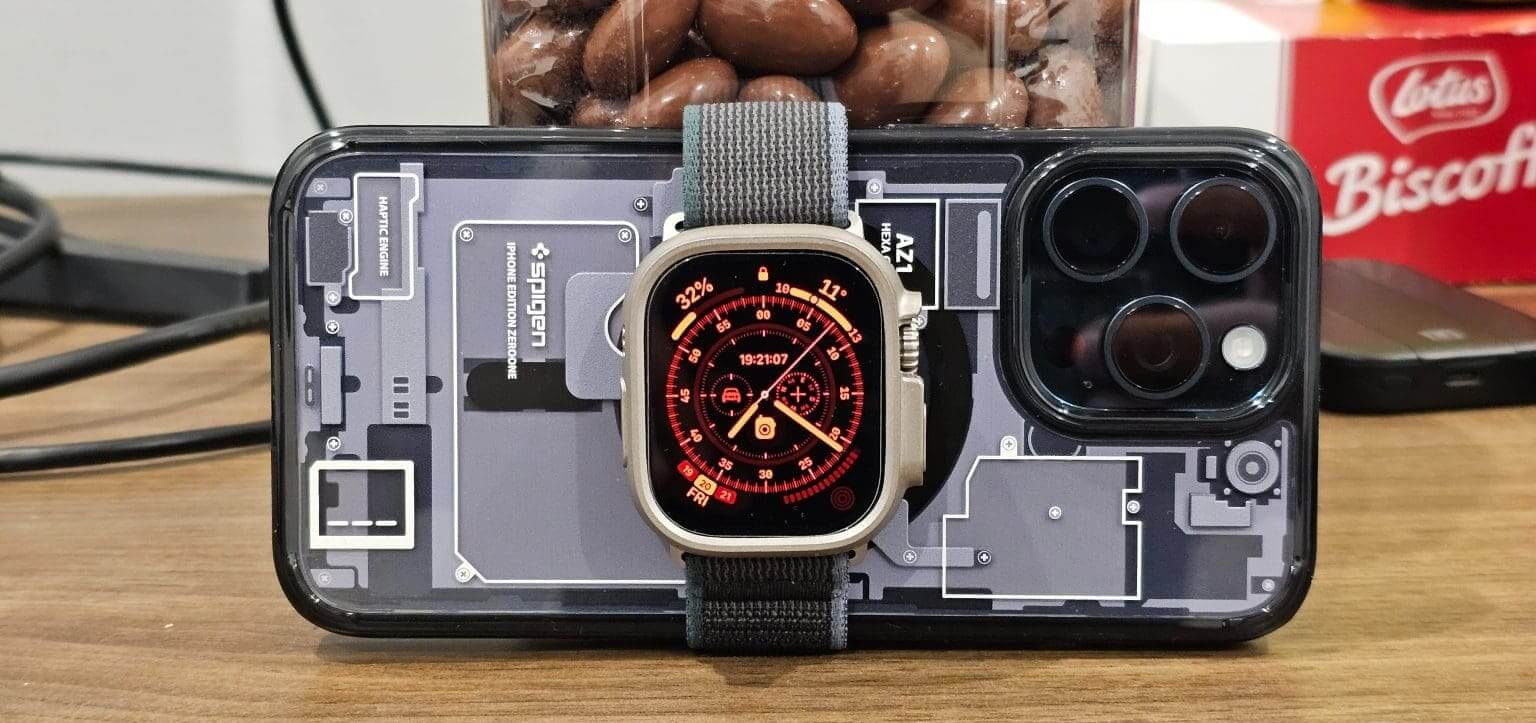
But of course, this doesn't mean that technology shouldn't advance, and Apple should have stuck to its ultra-fast speeds. The best solution to this problem is reverse wireless charging. If Apple allows users to use the built-in wireless charging coil to charge other devices, you can simply place your AirPods or Apple Watch on the back of your iPhone.
This way, you'll only need to carry a USB-C cable and can wirelessly charge other devices via your iPhone. We hope Apple considers adding this feature to future iPhone releases.
C for comfort
Apple has been shipping MacBooks with USB-C charging for over seven years. Most new Windows laptops can be powered via a USB-C charger. And, of course, all smartphones now have a USB-C port. Coupled with the fact that most accessories also have USB-C ports, the move to USB-C on the iPhone 15 is certainly welcome. It's a step in the right direction, as eventually, most people will only have to carry a single cable to charge all their electronic devices. That is, until Apple announces a new device. iPhone without a port.
